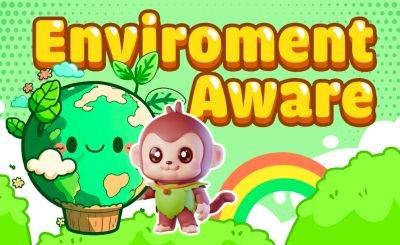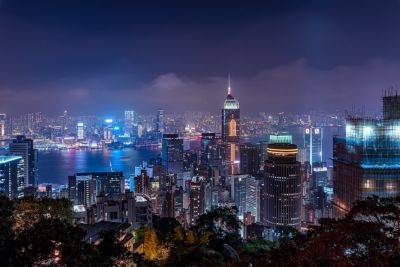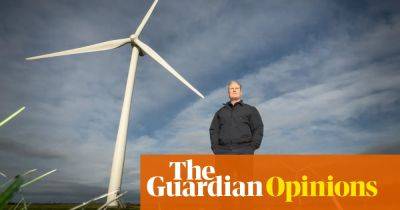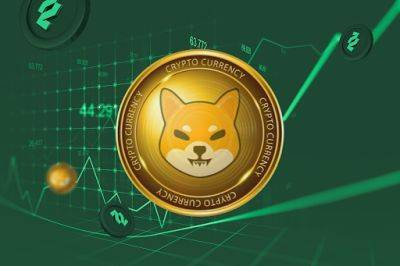Artificial intelligence holds huge promise – and peril. Let’s choose the right path
T he last few months have been by far the most exciting of my 17 years working on artificial intelligence. Among many other advances, OpenAI’s ChatGPT – a type of AI known as a large language model – smashed records in January to become the fastest-growing consumer application of all time, achieving 100 million users in two months.
No one knows for certain what’s going to happen next with AI. There’s too much going on, on too many fronts, behind too many closed doors. However, we do know that AI is now in the hands of the world, and, as a consequence, the world seems likely to be transformed.
Such transformational potential is due to the fact that AI is a general-purpose technology, both adaptive and autonomous, bottling some of the magic that has led humans to reshaping the Earth.
AI is one of the few practical technologies that may allow us to re-engineer our economies wholesale to achieve Net Zero. For instance, collaborators and I have been using AI to help to predict intermittent renewable energy sources (like solar, tide and wind), to optimise the placement of electric vehicle chargers for equitable access, and to better manage and control batteries.
Even if AI leads to great economic gains, however, some may lose out. AI is currently being used to automate some of the work of copywriters, software engineers and even fashion models (an occupation that the economist Carl Frey and I estimated in 2013 as having a 98% probability of automatability).
A paper from OpenAI estimated that almost one in five US workers may see half of their tasks become automatable by large language models. Of course, AI is also likely to create jobs, but many workers may still see sustained precarity and wage cuts – for instance, taxi drivers
Read more on theguardian.com

 theguardian.com
theguardian.com












